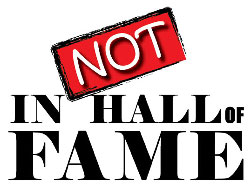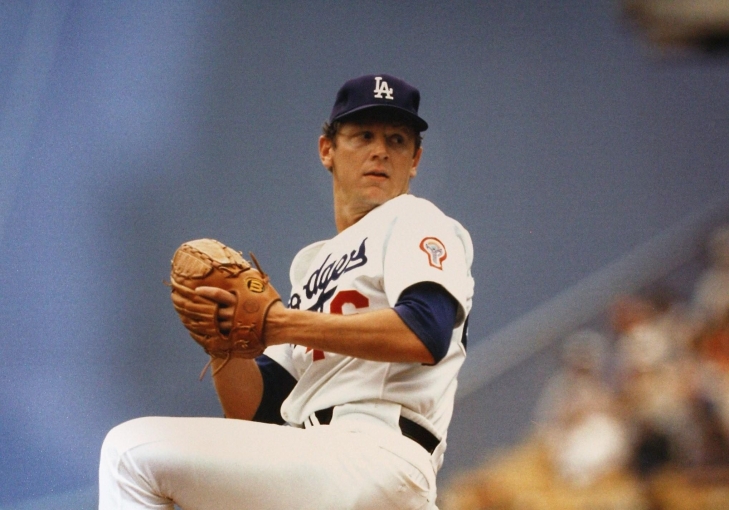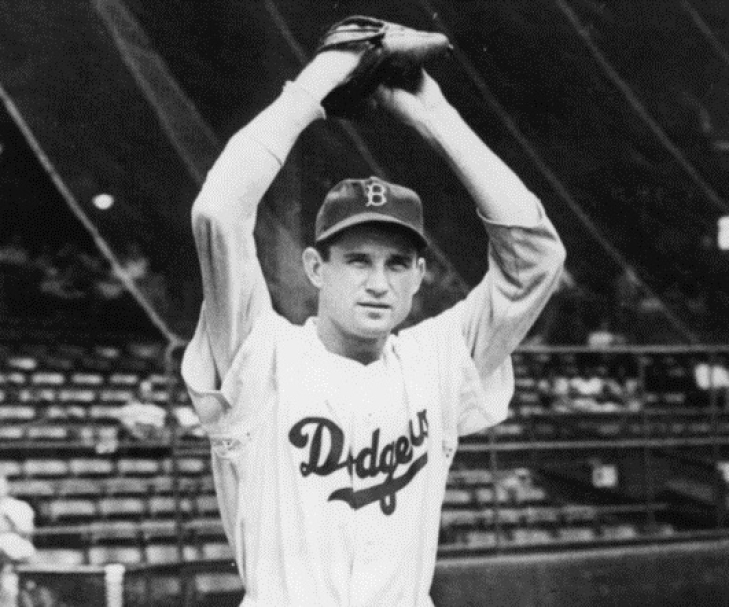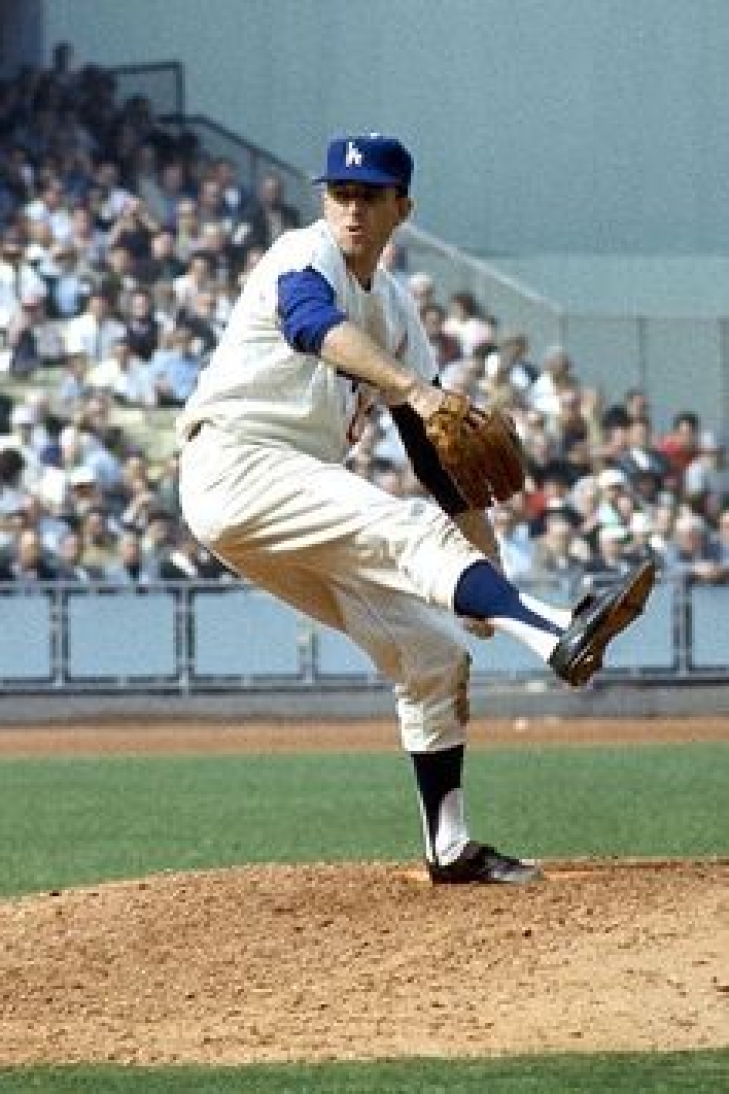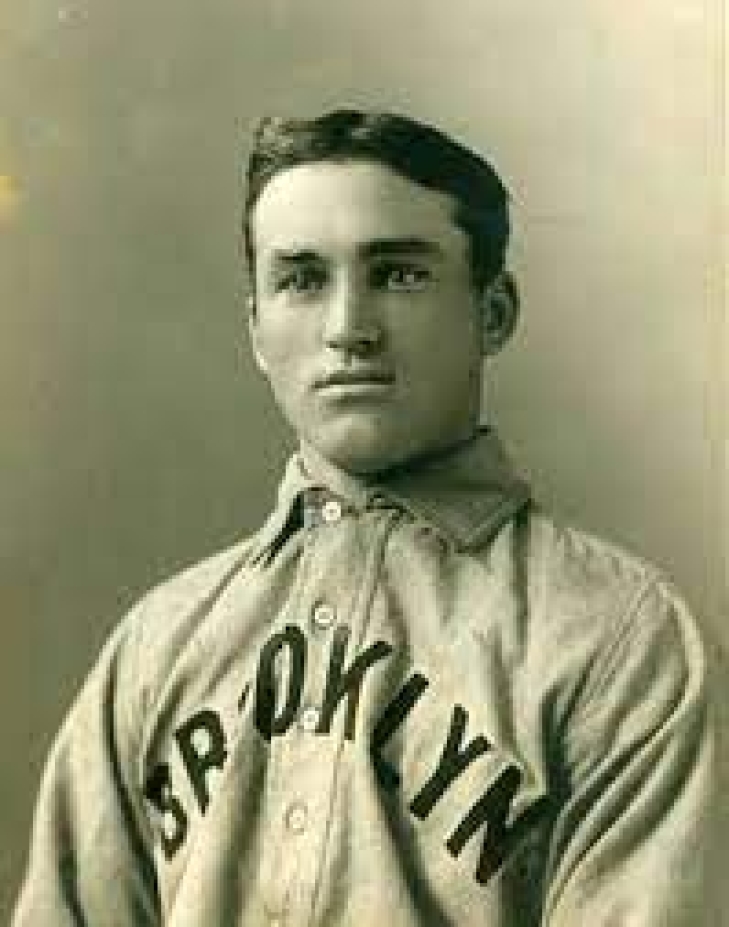
Committee Chairman
40. Burt Hooton
Burt Hooton cut his teeth with the Chicago Cubs, making their parent club in 1971, but the struggles in Wrigley saw the hurler traded to L.A. early in the 1975 Season. If you are to go by traditional statistics, this was the most fantastic year of Hooton's career, as he went 18 and 9, the best Winning Percentage in the National League.
Hooton remained a Starting Rotation fixture for Los Angeles for years, which included a spectacular year in 1978 where he was the Cy Young runner-up with a career-best in Wins (19), along with a strong ERA of 2.71. Helping the Dodgers win two Pennants in the late 80s, the veteran southpaw remained a viable hurler for L.A., going to his first (and only) All-Star Game in 1981. That year, he helped Los Angeles win the World Series, where he went 1-1 with a 1.59 ERA and won the NLCS MVP, where he earned both decisions by allowing zero runs in 14.2 Innings.
The righthander's career fizzled after the championship, winning only 16 Games over the next three years, and he was demoted to the bullpen in 1984. Hooton left for Texas as a Free Agent in 1984, but that lasted only one year before retiring.
With Los Angeles, Hooton had a 3.14 ERA with 112 Wins against 84 Losses.
43. Preacher Roe
An All-Star with the Pirates in 1945, Elwin “Preacher” Roe made the most of his belated opportunity with the depleted World War II roster, but when the Majors were replenished, the next two years saw his ERA balloon over five, though likely this was the result of the after-effects of a fractured skull he suffered from a fight while refereeing a high school basketball game. Now over 30, it appeared that Roe’s run in the Majors would end shortly, but Dodgers GM, Branch Rickey, had other ideas.
Now a Dodger, healthy, and using an illegal spitball, Roe became a star in their rotation. Roe went to four consecutive All-Star Games (1949-52), peaking with a 22-3 record in 1951, where he was fifth in MVP voting. Brooklyn were contenders, and he helped them win three Pennants (1949, 1952 & 1953), and though there were no Titles in Roe's resume, he had a 2-1 post-season record with a 2.54 ERA.
Age and fatigue caught up to the Preacher, and he never played for Baltimore, the team he was traded to after the 1954 Season. His pitches were slow, but he generated outs for Brooklyn and gave them a scintillating record of 93-37.
34. Claude Osteen
Claude Osteen was a popular southpaw who played most of his career with the Los Angeles Dodgers, though that was his third MLB team after playing for Cincinnati and Washington.
Osteen was traded to the Dodgers after his first solid year with the Senators (1964), and he was more than competent over the next ten years. A three-time All-Star for the Dodgers, Osteen helped Los Angeles win the 1965 World Series, and though he hemorrhaged hits, he always found a way to get more Ws than Ls. Osteen never had a year in L.A. where he won less than 12 Games, and he had 15 Wins in seven of them.
Osteen’s third All-Star year (1973) was his last as a Dodger, as he was traded to Houston, where his career faltered, sputtering with spots in St. Louis and Chicago (AL), and was out of the game in 1975. With the Dodgers, Osteen had a record of 147 and 126 with a 3.06 ERA and 1,162 Strikeouts.
41, Jimmy Sheckard
Jimmy Sheckard played for Brooklyn on three different occasions; though this was in a tight vacuum, you could argue that his first MLB half was indeed with Brooklyn.
Sheckard first appeared for Brooklyn in 1897, becoming a starting Outfield as a sophomore, but he was assigned to the first version of the Baltimore Orioles in 1899, only to be re-assigned back in 1900. He had a very good 1901, putting up career-highs in Hits (196), Triples (19), and the Slash Line (.354/.409/.534), with his total in Triples and Slugging league-leading.
The year after was a little strange, as Sheckard again joined the Orioles (the second incarnation), but it only lasted a handful of Games before he jumped back to the Giants, and had another excellent year in 1903, where he led the NL in Stolen Bases (67) and Home Runs (9), making him the first player to lead the league in those categories.
Traded to the Chicago Cubs after the 1905 Season, Sheckard would win two World Series Titles with the Cubs. With Brooklyn, Sheckard compiled 966 Hits with a .295 Batting Average and 212 Stolen Bases.
